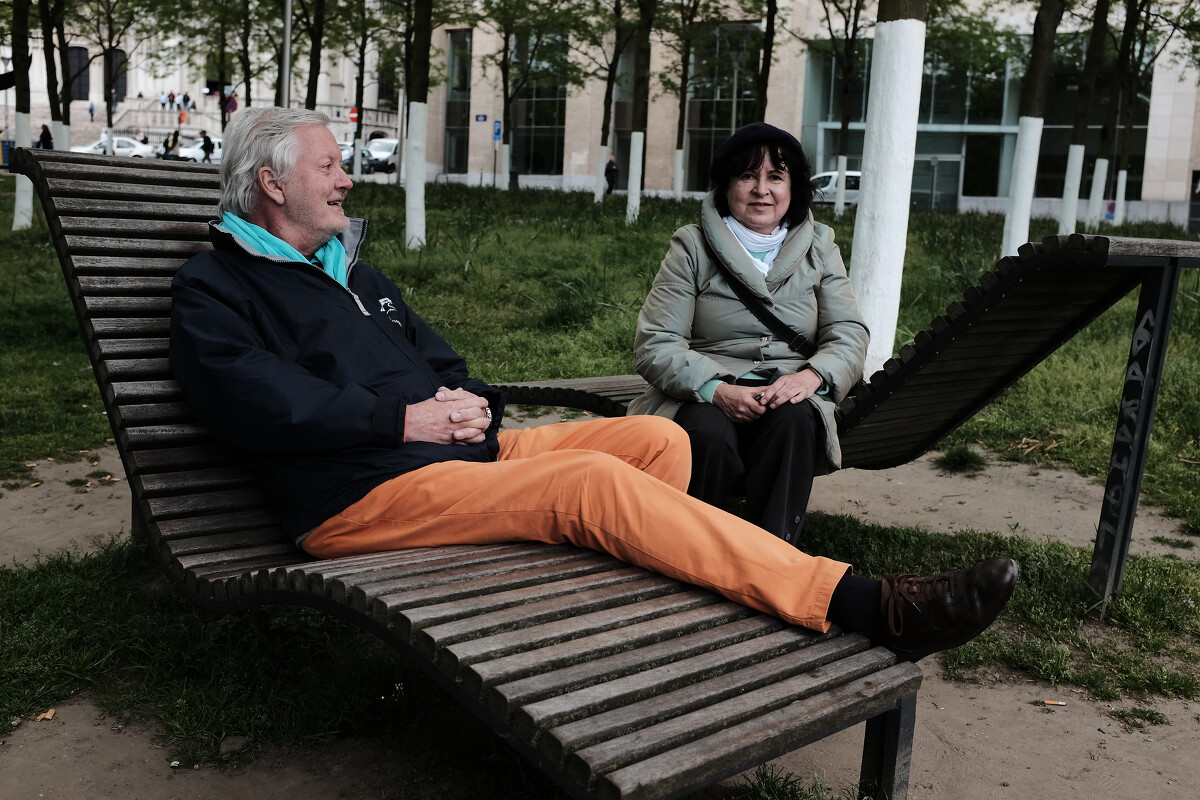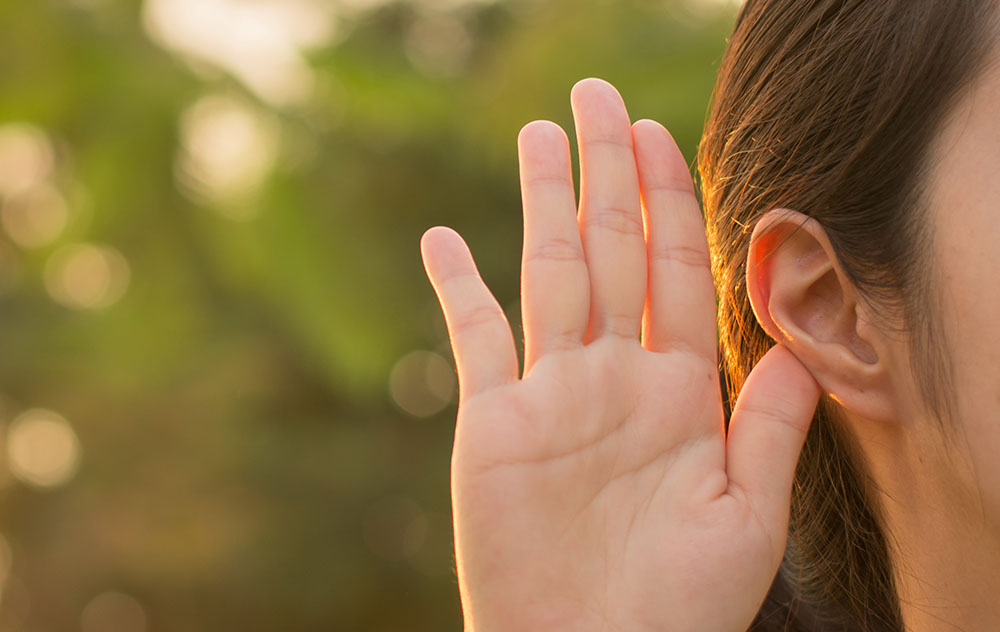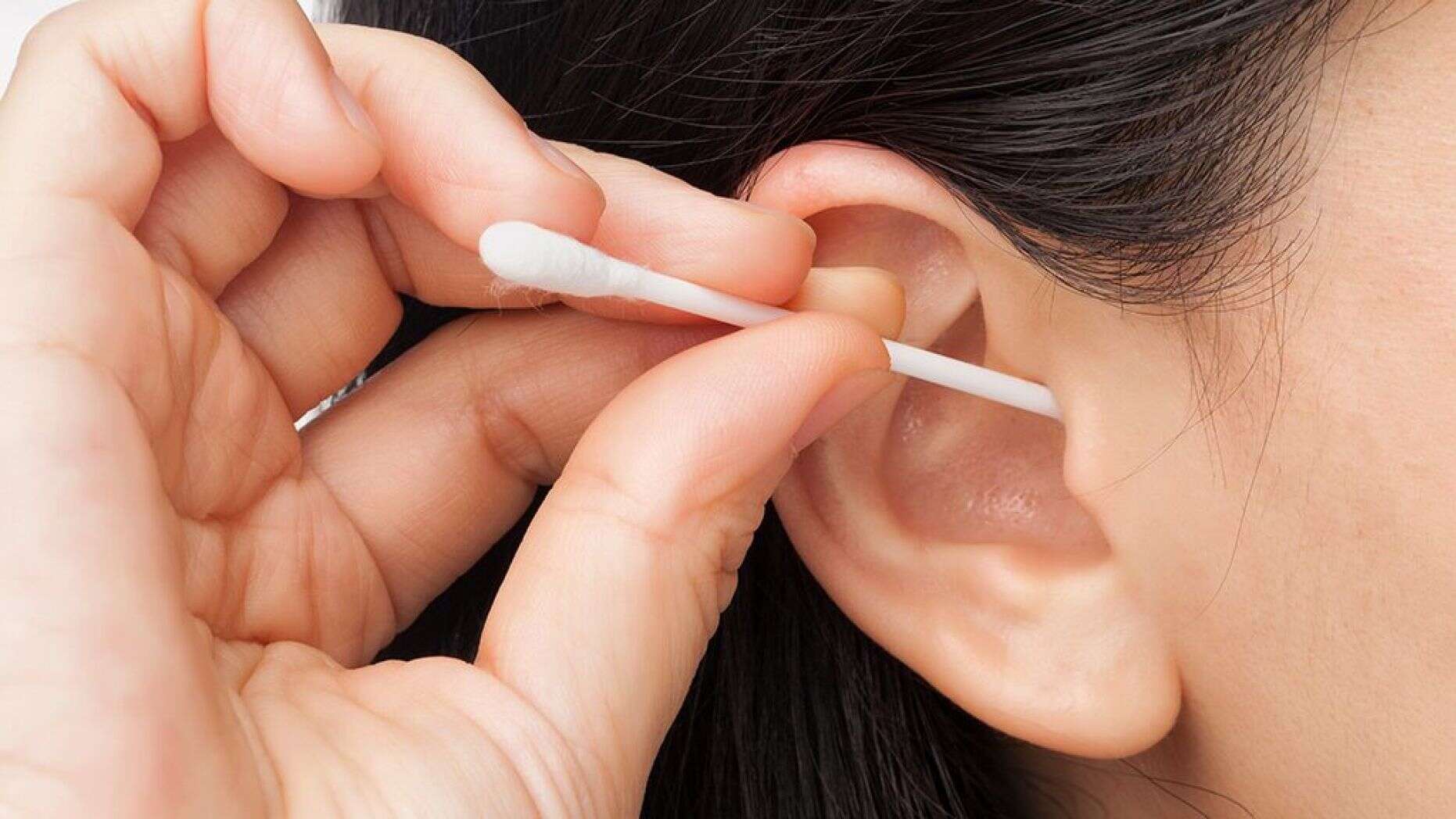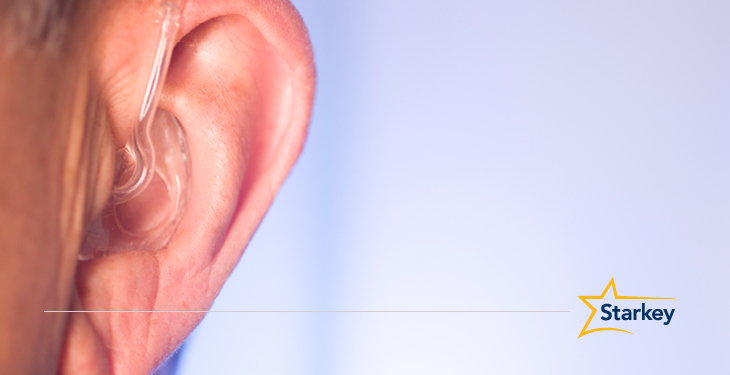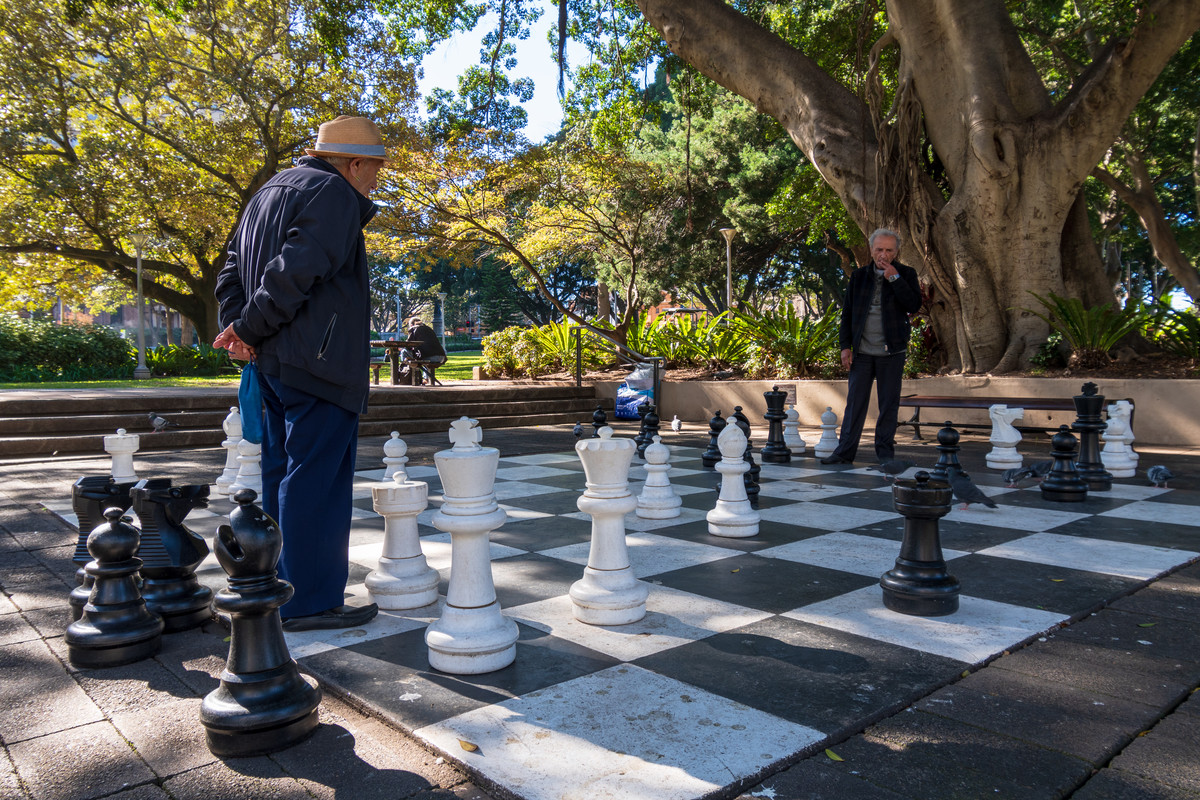Ear infections are so common that they account for more than 50 percent of pediatrician visits in the United States. According to statistics, acute ear infections affect two-thirds of American children under two. Chronic ear infections affect two-thirds of children under six years old.

Overview
* Ear Infections
* What Can Cause an Ear Infection?
* What are the Main Types of Ear Infections?
* What Are The Symptoms of an Ear Infection?
* Why Are Children So Susceptible to Otitis Media?
* How Do I Prevent Ear Infections?
* How Are Ear Infections Treated?
Ear Infections
According to the U.S. National Library of Medicine, three out of four children will have suffered at least one ear infection by their third birthday. Chronic or repeated ear infections, meanwhile, afflict approximately 25 percent of children, according to the Cleveland Clinic. Adults can suffer from ear infections as well, though they're most common in children younger than eight years of age.
Whether you're a concerned parent or wondering if you're suffering from an infection yourself, you've come to the right place. We're going to go over the most common types of ear infections, as well as their causes and treatments.

What Can Cause an Ear Infection?
Ear infections usually develop as a complication of another illness, such as an infection of the upper respiratory tract or sinuses. They're usually either viral or bacterial in nature, but they can also be fungal. They're capable of affecting one of several parts of the ear, but the most common type of ear infection is otitis media, an infection of the middle ear.
An ear infection may also occur as a result of allergies, due to excessive smoking, because of changes in air pressure, or due to fluid within the ear (such as from swimming). Other risk factors that may increase the chances of getting an ear infection include family history and chronic or long-term illnesses.
What Are the Main Types of Ear Infections?
Ear infections are commonly categorized in two ways. First by location, and then by symptom clusters. We'll start with location.
Otitis Externa. This type of ear infection impacts the ear canal between the outer ear and eardrum. It's most commonly caused by exposure to dirty water or damage from improper cleaning (such as with a Q-tip). Another term for Otitis Externa is Swimmer's Ear.
Otitis Media. Impacts the inner ear, and is most commonly caused by a blockage of the Eustachian tubes. Occurs most frequently in children.
Otitis Interna. Also known as labyrinthitis or vestibular neuritis, Otitis Interna impacts the inner ear. It's unique in that the inflammation is rarely caused by an infection, and is traceable back to a viral or bacterial agent in less than half of cases, according to the Healthline Blog.
Ear infections can also be acute, recurrent, effusive, or chronic.
Acute ear infections come on rapidly. They are frequently accompanied by itching, inflammation, and redness.
Recurrent ear infections are exactly what they sound like - repeated episodes of an infection in the same part of the ear.
Effusive ear infections are the result of fluid buildup without any other signs or symptoms of infection. They commonly occur in the wake of an acute infection.
Chronic ear infections are less severe than acute infections but generally don't resolve on their own. Sometimes, a recurrent ear infection may be diagnosed as chronic if it recurs frequently enough.
What Are The Symptoms of an Ear Infection?
The most common symptoms of an ear infection include:
* Ear pain, often throbbing
* Fever
* Pressure or a feeling of fullness in the ear
* Pus from the ear
* Hearing difficulty in the affected ear
* Nausea and vomiting
* Headache
* Vertigo

woman in pain from otitis media ear infection
Why Are Children So Susceptible to Otitis Media?
The main reason infants and children develop otitis media so much more frequently than adults is that their eustachian tubes - which connect the middle ear to the nasal cavity - tends to be more horizontal. This means there's a far greater likelihood of fluid buildup. Mucus that might drain in an adult stays in place, causing pain, pressure, and also infection.
As children age, their eustachian tubes gradually become more vertical and better at draining excess fluids.
How Do I Prevent Ear Infections?
A proper diet also plays an essential role in reducing ear infection risk. Focus on fruits, vegetables, whole grains, and high-quality protein to strengthen your immune system. Consider eliminating milk and sugar, as they are common allergens.
It's also incredibly important to stay hydrated, as this can help thin mucus secretions. Essential fatty acids found in coldwater fish, flaxseeds, and flaxseed oil are useful for reducing inflammation. Proper exercise can also help reduce the risk of infection.
For infants, we'd advise switching bottle-fed babies to a non-dairy formula with a doctor's supervision. Avoid bottle-feeding children that are lying flat on their backs. Ensure they're at a 30-degree angle or greater.
If a child is being breastfed, the mother should further avoid common allergens such as cow's milk. Eliminating other common allergens may also help.
You should also reduce exposure to environmental allergens such as cigarette smoke, as it creates an environment in which bacteria and viruses can thrive. Avoid using cotton swabs as well, as they pack wax into the ear canal.
How Are Ear Infections Treated?
If you suspect you or your child may be suffering from an ear infection, it's always best to be on the safe side. Visit your ENT or pediatrician, particularly if there's ear pain or hearing loss present. Be especially alert for signs of ear infections in babies and young children, who often pull on their ears when suffering.
Left unchecked, an ear infection can lead to severe consequences such as the formation of scar tissue on the eardrum or even an outright rupture. Moreover, if the inflammation is severe enough, it may deform the ossicles, tiny bones in the inner ear. Either of these can cause hearing loss.
To prevent the rupturing of the eardrum and speed along the healing process, a physician may recommend over-the-counter or prescription ear-drops. In some cases, clearing the infection may require antibiotic treatments. For acute infections, the initial inflammatory phase usually lasts about two or three days, but the overall healing process may take about two to four weeks.
Medications, when prescribed appropriately, can reduce this duration. However, as ear infections can have multiple causes beyond bacterial, antibiotic therapy may not always be the most appropriate course of treatment. That said, there are a few things you can do to ease the pain while your body clears the infection.
Apply an onion poultice. Simmer a chopped onion in 1/4 cup of water for several minutes, stirring occasionally. Wrap that onion in a thin and soft cloth, then cool it just enough so it doesn't burn the ear. Place it over your ear for at least five minutes, then repeat until the pain abates.
Keep your ears dry. Particularly if you're suffering from Swimmer's Ear, don't let moisture into your ears when you have an ear infection.
Apply heat. Use a hot water bottle wrapped in a towel or blow a hairdryer onto the affected ear.
If you have any questions or concerns about hearing loss, you can also get your hearing tested or schedule a consultation with us immediately.































